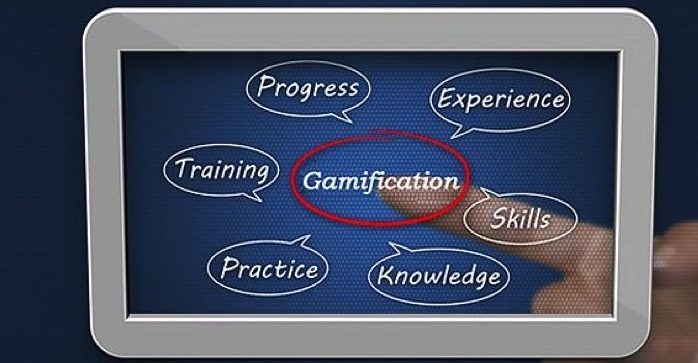To those of us in learning and development we are very familiar with the SCORM acronym, however, for many business owners/managers, organization leaders or general users (students) the term is unclear or foreign. SCORM stands for the Sharable Content Object Reference Model. It is a universal model that complies with a variety of learning management systems (LMS).
Learning management systems are software applications which distribute eLearning materials through the internet. This enables users (employees, students, organizations members, etc.) to take a training course from a remote location – anywhere in the world with internet access and a computer or mobile device. The LMS does not have to be installed. It is on the cloud.
SCORM is a collection of standards and specifications on which the web based training (eLearning) operates. Subsequently, SCORM was created to make it possible for different brands of LMS software to have the ability to run programs created from different authoring tools.
SCORM is a very powerful tool in eLearning. SCORM allows content which is created one time to be used in many different learning management systems and situations without modification. This plug-and-play functionality can be powerful within an organization but even more so across organizations. SCORM enables content which can be sold and delivered to the user quicker, more robustly, and at a cost savings.
SCORM is widely adopted worldwide and by large organizations. It is the de facto industry standard. The US Department of Defense has specified that all of its content must be delivered via SCORM. Industry is following suit. In a nutshell SCORM is the universal standard for online training providing testing and tracking which is the desired feature of widely accepted eLearning.
To learn even more about SCORM: click here










